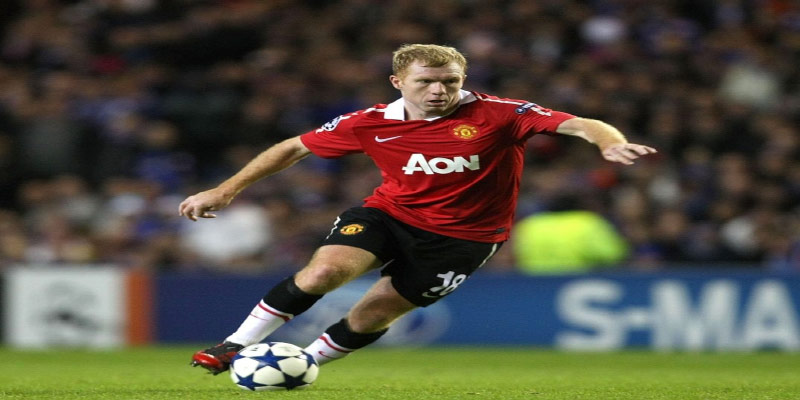In the fast-paced world of football, the midfield player plays a pivotal role in shaping the game. As the key link between defense and attack, they control the flow of play, making strategic decisions that influence the entire match. A team’s success often depends on the performance of its midfielders, making their presence on the pitch indispensable. At I9BET, we recognize the importance of midfielders in determining the outcome of a game, as they are the true orchestrators of the action.
Introduction to the Midfield Player in Football
The importance of a midfield player cannot be overstated. These athletes serve as the backbone of the team, balancing offensive and defensive responsibilities. While strikers are celebrated for scoring goals and defenders for preventing them, midfielders exemplify versatility, vision, and tactical intelligence. They are the heartbeat of the team, responsible for transitioning between phases of play, creating opportunities, and breaking down opposition attacks.
Midfield players possess unique skills that differentiate them from other positions on the field. Their ability to read the game, anticipate plays, and communicate effectively with teammates makes them indispensable. As we delve deeper into the various roles and functions of midfield players, it becomes clear why they are often regarded as the most complete footballers.
Who is a Midfield Player and Why Are They Important?
A midfield player typically occupies the central area of the pitch, though their specific positioning can vary depending on the team’s formation and style of play. Midfielders can be classified into several categories, including attacking midfielders, defensive midfielders, and box-to-box midfielders. Each type has distinct responsibilities, yet all share the common goal of unifying the squad’s efforts on the field.
The significance of midfield players lies in their ability to dictate the tempo of the game. They control possession, distribute the ball efficiently, and create scoring chances. In essence, they act as conduits between the defenders and attackers, ensuring cohesive movement throughout the match. A midfield player’s quality can elevate a team’s performance, providing creative flair or tactical discipline as needed.
Moreover, their physical and mental endurance allows them to cover large areas of the pitch. They engage in both defensive actions, such as tackling and intercepting passes, and offensive maneuvers, like crafting chances and delivering key passes. This duality illustrates the importance of versatility in the modern game, where teams require midfield players to fulfill multiple roles simultaneously.
Different Roles of a Midfield Player: Attacking, Defensive, and Central
To understand the multifaceted nature of the midfield player, one must explore the varying roles they assume on the pitch. While the overarching purpose of midfielders remains consistent—linking defense and attack—their specific contributions can profoundly influence a team’s tactics and overall strategy.
Attacking midfielders focus primarily on creating goal-scoring opportunities. They often operate just behind the forwards, using their creativity and vision to unlock defenses. Their skill set typically includes exceptional dribbling, precise passing, and an innate sense for positioning. Players like Kevin De Bruyne and Bruno Fernandes epitomize this role, constantly looking for spaces to exploit and threading through balls to their teammates.
Defensive midfielders, on the other hand, take a more protective stance within the team’s structure. Their primary responsibility is to shield the backline, disrupting opponent attacks and regaining possession. These players excel in tackling, reading the game, and making critical interceptions. With players like N’Golo Kanté or Andrea Pirlo as prime examples, defensive midfielders provide stability, allowing their teams to transition quickly from defense to attack.
Central midfielders often embody the balance between these two extremes. They possess the ability to both defend and attack, making them invaluable assets to any team. Central midfielders are typically tasked with maintaining possession, distributing the ball, and facilitating transitions. Their physicality, stamina, and technical skills allow them to thrive in the heart of the game. Players like Luka Modrić and Paul Pogba showcase the blend of attributes necessary to succeed in this demanding role.


